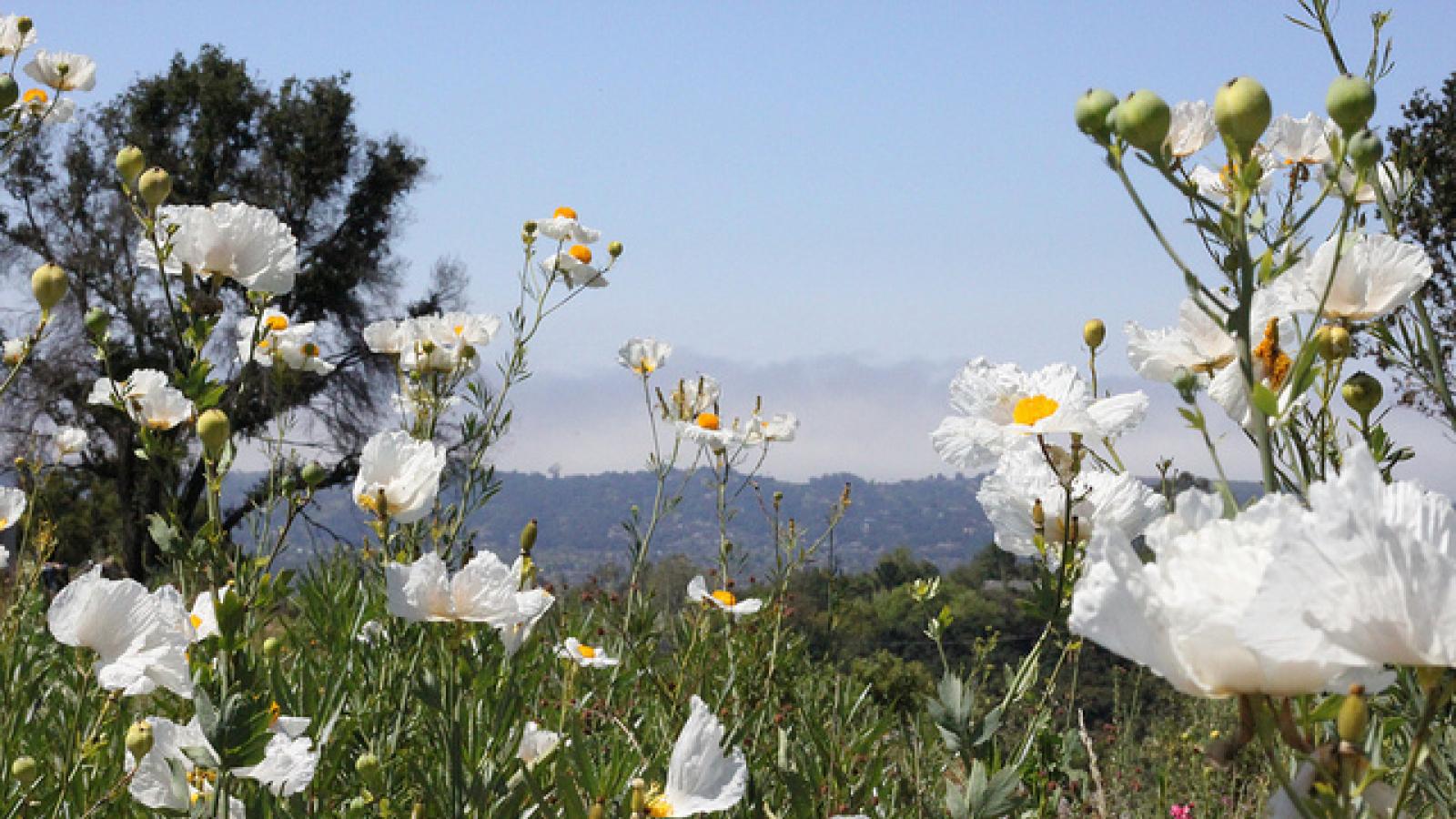Getting Outside with Blue Star Museums

Even the most committed of urbanites will admit that summer in the city can be a sweaty slog. Rush hour in 90 percent humidity? No thanks. Emboldened cockroaches scampering on the sidewalks? No thanks some more. Below are a few Blue Star Museums that will get you out of the concrete jungle and back into nature.
Appalachian Trail Museum Gardners, Pennsylvania
Stretching from Georgia to Maine, the 2,160-mile Appalachian Trail is one of the world’s greatest hiking challenges. Learn more about the history, construction, and preservation of the AT at the Appalachian Trail Museum, located in Pine Grove Furnace State Park, about two miles from the trail’s official midway point. The museum, which is housed in a historic grist mill, is also across the street from the Pine Grove General Store, where AT thru-hikers (as those that hike the full trail are called), traditionally celebrate reaching the halfway mark by attempting to eat a half-gallon of ice-cream at once.
The Santa Barbara Botanic Garden Santa Barbara, California
Considered a living museum, the Santa Barbara Botanic Garden (SBBG) is dedicated to researching, conserving, and sharing native California plants. In light of the state’s current drought, the garden’s focus on sustainable practices is particularly notable, and is a model of how botanical gardens can be both breathtakingly beautiful and responsible stewards of local flora. The SBBG’s 78 acres overlook the Santa Ynez Mountains and Channel Islands, and feature more than 1,000 types of plants and flowers.
Winterthur Museum, Garden, and Library Wilmington, Delaware
In 1941, horticulturist and decorative arts collector Henry Francis du Pont combined his interests at Winterthur, his childhood home. The home’s 175 rooms are exquisitely furnished with antiques and artwork, but the exterior landscape is just as meticulously arranged. The 1,000-acre gardens boast 7,508 types of plants, which are artistically arranged to bloom nearly year-round.
Sawgrass Nature Center and Wildlife Hospital Coral Springs, Florida
If you have ever wanted to see a baby alligator nursed back to health (and truthfully, who hasn’t?), then this is the place for you. This wonderful, volunteer-run organization is dedicated to caring for injured and orphaned wildlife, and to teaching visitors how to care for their environments (including pets!).
Tohono Chul Tucson, Arizona
Although the Sonoran Desert doesn’t scream “fertile,” the ecosystem here is incredibly vast and varied. At Tohono Chul, visitors will find 49 acres of art and nature, all designed to showcase the region’s unique culture and environment, and ultimately, encourage its preservation. The gardens feature more than 300 species of cacti and succulents, over 50 species of wildflowers, and rotating art exhibitions.
Lyon Arboretum Honolulu, Hawaii Want to experience the natural wonders of O’ahu beyond the beach? Head to the University of Hawai’i’s Lyon Arboretum, located across 194 acres of tropical rainforest. Visitors can admire more than 5,000 types of plant species in eight different gardens, ranging from the Zen-like Young Memorial Garden to the popular Herb and Spice Garden, featuring herbs from around the world. Botanica Wichita, Kansas Called a “paradise on the plains,” Botanica blooms across 18 acres in the heart of Wichita, Kansas. The collection is divided into 29 themed gardens, including a peony collection, a Chinese friendship garden, and a sensory garden, where visitors of all abilities can experience the fragrance and texture of a living herb wall. There is also a special children’s garden, with a tree house, musical maze, fountain, and special areas for storytelling and puppet shows.



